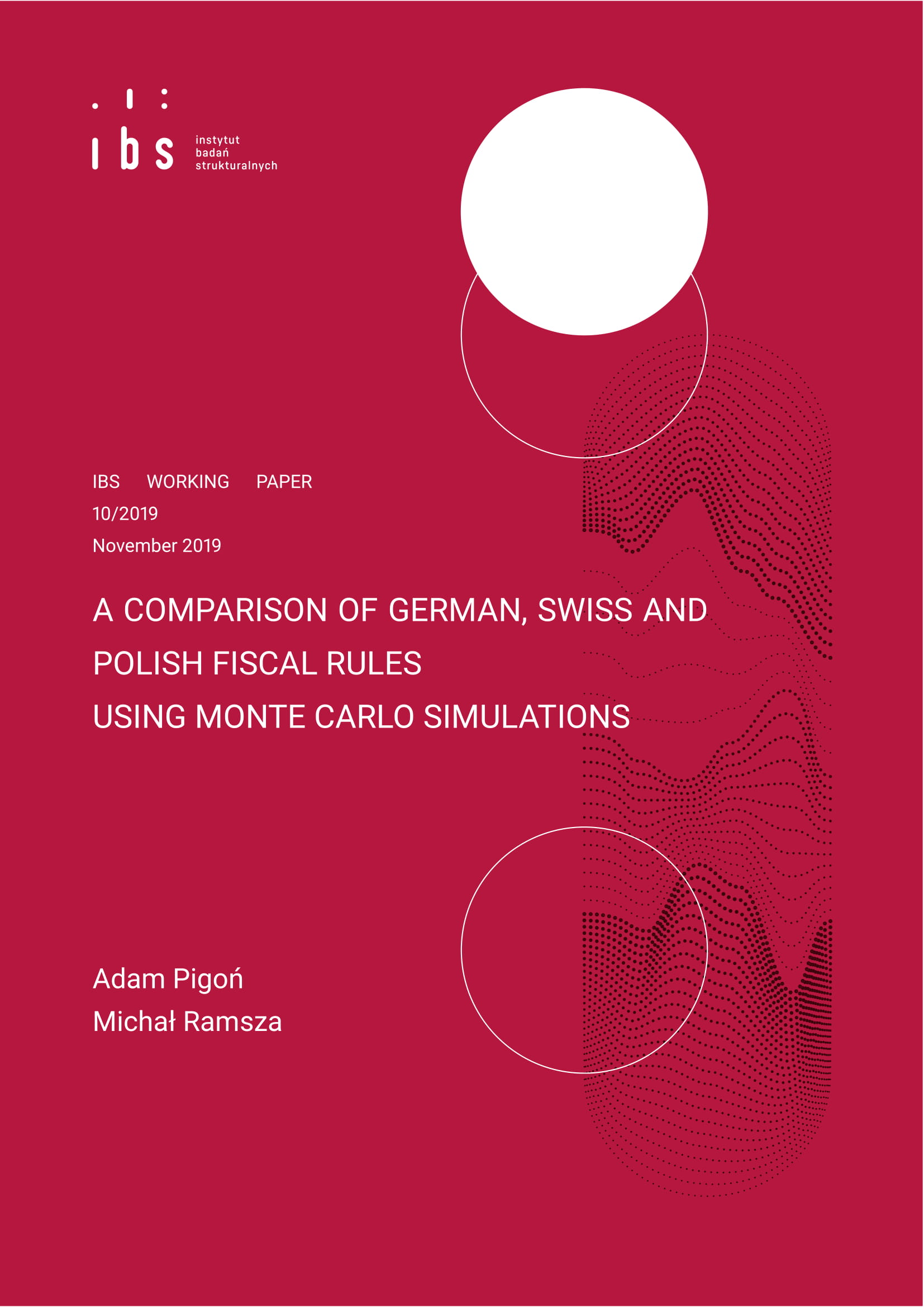Authors assess the economic implications of existing fiscal rules in Poland, Switzerland and Germany. In the analysis they establish economic relationships between output, government revenues and expenditures estimating a VAR model on US data for the years 1960-2015. Imposing fiscal policies implied by a given rule on those relationships, they analyze the consequences for the simulated paths of debts, deficits and expenditures in terms of stability and cyclicality. They find that the Swiss and German rules are strict and stabilize deficits at low levels. However, this may still not be sufficient to stabilize debt, in the long run, in a strict sense. The Polish rule stabilizes the debt level at about 40-50% of the GDP in the long run. All rules imply an anticyclical fiscal policy: an increase of the deficit to GDP ratio implied by changes in the output gap equals, at most, 2.2 pp, 3.3 pp and 3.9 pp over the whole business cycle for the Polish, Swiss and German rules, respectively. These results can be perceived as satisfactory for the Swiss and German rules.


